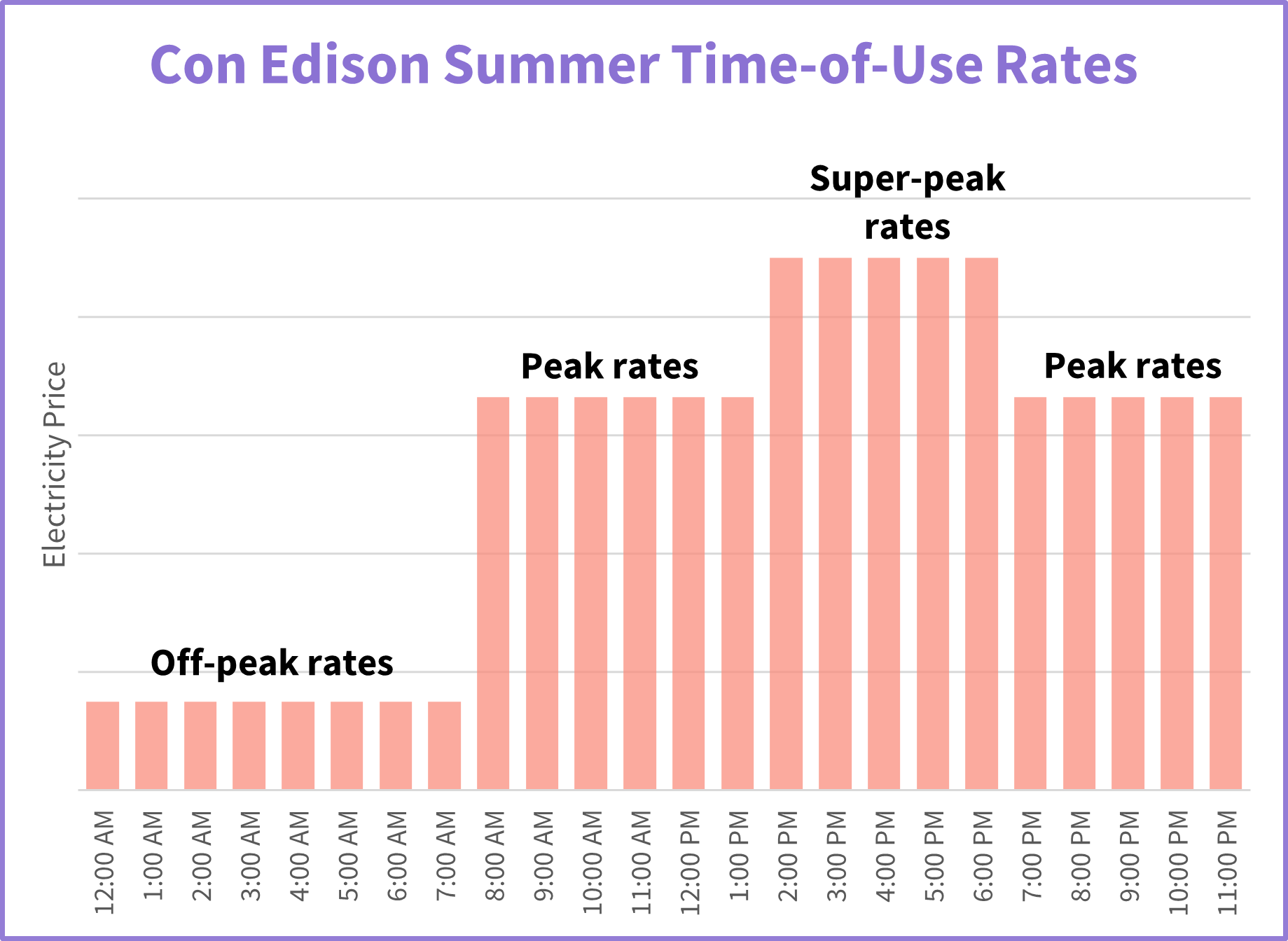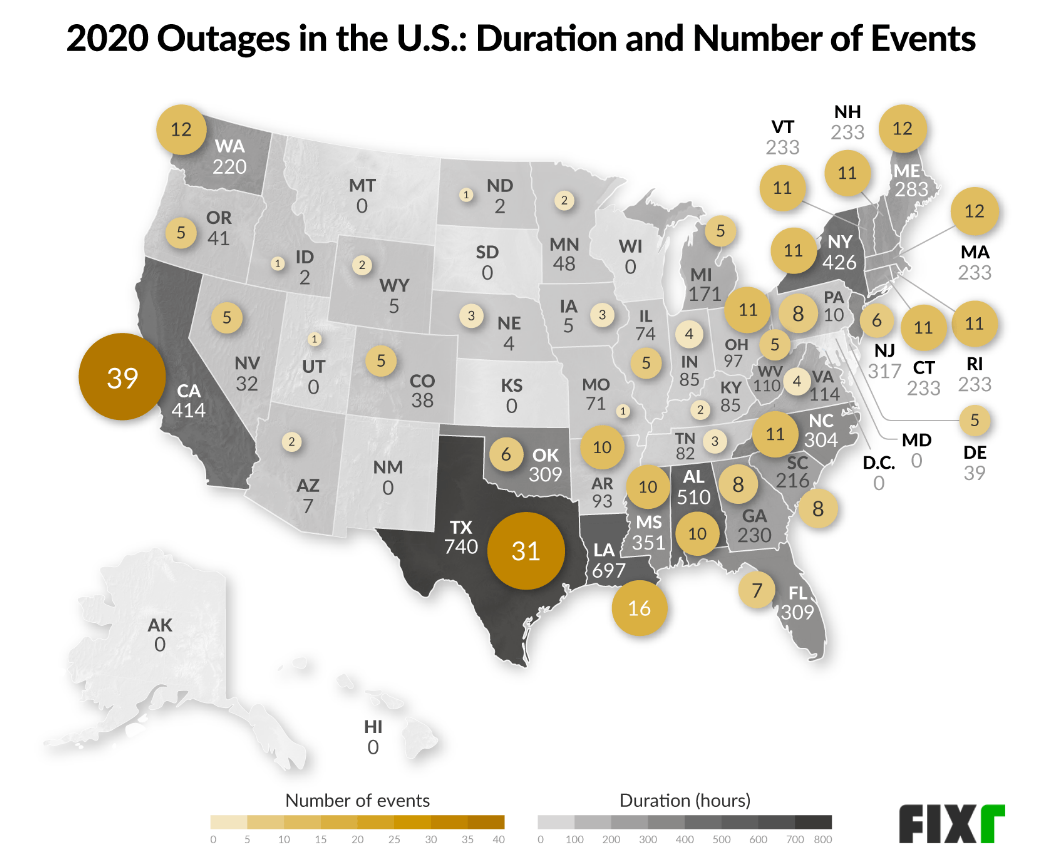
Connecticut isn’t the sunniest state, but between solar incentives and high electricity prices, there’s plenty to gain by powering your home with solar panels.
In this article, we’ll explore the solar incentives available in Connecticut and crunch the numbers to see if solar panels are worth it for the average homeowner.
Let’s dive in with a recap of the tax credits, exemptions, and programs that can reduce the cost of going solar in the Constitution State.
Easily compare multiple quotes from vetted local installers.
Solar incentives in Connecticut
There are three main incentives available in Connecticut that can reduce the cost of solar panels.
We’ll walk through each incentive below and show how it would reduce the cost of a 5 kW solar system with a gross price of $25,000.
Sales and property tax exemptions
The first incentive that would kick in for a solar system in Connecticut is the sales tax exemption that applies to residential solar, geothermal, and other distributed clean energy technologies.
The sales tax exemption applies to the 6.35% state sales tax. For a $25,000 system, that amounts to $1,587.50 that you won’t pay in sales tax.
Then, there is a property tax exemption on the value the solar system adds to your home. This is an underrated solar incentive, because typically increasing your home value means paying higher property taxes. But, given the exemption, you can power your home with solar panels without worrying about increasing your property tax rate.
In order to claim the property tax exemption, the homeowner must “apply to the town’s assessor or board of assessors by November 1st in the assessment year.”
Related reading: The Benefits of Solar Panels in Fairfield County, Connecticut
Federal solar tax credit
The biggest solar incentive in Connecticut – and most states – is the Residential Clean Energy Credit. Also known as the federal solar tax credit, this incentive is worth 30% of the price paid for a solar system, installation, and soft costs.
So, for our $25,000 solar system, the credit would be worth $7,500 and effectively reduce the cost to $17,500.
| Price paid | $25,000 |
| Federal tax credit (30%) | -$7,500 |
| Net cost | $17,500 |
It’s important to note that the tax credit is not a check that automatically comes in the mail. Rather, it’s a credit that can be claimed on your federal tax return and used to reduce your tax liability. If you don’t have sufficient tax liability to claim the entire credit, it can be rolled over and claimed over multiple tax years.
Consult a licensed tax professional with questions about claiming the Residential Clean Energy Credit.
Net metering and RECs in Connecticut
The final solar incentives in Connecticut are net metering and RECs, which are now offered through the Residential Renewable Energy Solutions program.
The Residential Renewable Energy Solutions program replaced net metering and the Residential Solar Investment Program (RISP) in Connecticut on January 1, 2022 and will run for six years until December 31, 2027.
Under the new program, customers of Connecticut’s two major utility providers – Eversource and United Illuminating (UI) – have two tariff options for being compensated for their solar production: Netting and Buy-all.
Netting option
The Netting option is very similar to net metering, in that solar owners use their own solar production first, and then receive retail rate credit for the excess electricity their system pushes onto the grid. These credits are used to offset the cost of using grid electricity and can be carried over and cashed out when the program ends.
In addition, Netting customers also earn direct payments for renewable energy credits (RECs) for their production at a fixed rate for 20 years. In 2023, the REC rate is 3.18 cents per kWh for Eversource customers, and 0.00 cents per kWh for United Illuminating customers.
So, if our 5 kW system produces 5,880 kWh of electricity per year, here’s how much a Connecticut solar owner could expect to earn through RECs.
| Utility provider | REC rate ($/kWh) | REC earnings per year (5,880 kWh) | REC earnings over 20 years |
| Eversource | $0.0318 | $187 | $3,740 |
| United Illuminating | $0.00 | $0.00 | $0.00 |
| Low-income adder | $0.025 | $147 | $2,940 |
| Distressed municipality adder | $0.0125 | $73.50 | $1,470 |
The Netting tariff option has two “adders” that can increase REC rates for customers with low income and living in distressed municipalities. Low income is defined as below 60 percent of the state median income and the list of distressed municipalities can be found here.
So, a typical Eversource customer could earn $187 from RECs per year for a total of $3,740 over 20 years. That would effectively reduce the cost of the system to $13,760.
| Price paid | $25,000 |
| Federal tax credit (30%) | -$7,500 |
| 20 years of RECs | -$3,740 |
| Net cost | $13,760 |
While it takes time to accrue, RECs through the Netting option can be a very valuable solar incentive in Connecticut.
Buy-all option
The Residential Renewable Energy Solutions program also offers a “Buy-all” option. In this structure, the utility provider buys all the electricity produced by the solar system at a fixed rate for 20 years, and the homeowner continues to purchase electricity through the utility.
Buy-all customers can choose to be compensated with an on-bill credit, with cash payments once per quarter, or a mixture of the two.
In 2023, the Buy-all rate is 29.43 cents per kWh for both Eversource and United Illuminating customers, and includes low-income and distressed municipality adders. Here’s how that adds up for our 5 kW system generating 5,880 kWh per year.
| Buy-all rate $/kWh | Buy-all compensation per year (5,880 kWh) | Buy-all compensation over 20 years (117,665 kWh) | |
| Eversource | $0.2943 | $1,730 | $34,628 |
| United Illuminating | $0.2943 | $1,730 | $34,628 |
| Low-income adder | $0.030 | $177 | $3,530 |
| Distressed municipality adder | $0.0175 | $103 | $2,059 |
Now, there are two very important things to remember about the Buy-all option:
- The homeowner purchases all of their electricity through the utility in the Buy-all option. So, the $1,730 annual compensation sounds like a sweet deal, but you need to subtract your annual electricity costs
- The buy-all rate is fixed for 20 years, but electricity prices are not. So, the current Buy-all rate may offset your electricity bill for the first few years, but eventually electricity prices will rise while the Buy-all rate stays flat
Buy-all or Netting option in Connecticut?
With that in mind, the Netting tariff is likely the safer and more lucrative option for most homeowners. The graph below shows the cumulative cost of a 5 kW solar system in the Netting tariff versus the Buy-all tariff. As electricity prices rise, the Buy-all tariff becomes the more expensive option, while the slow-and-steady Netting tariff provides greater savings.

It’s worth noting that both options are much less expensive than going without solar panels, as we’ll see below.
Are solar panels worth it Connecticut?
Connecticut may not have the most sun or solar incentives, but, at 23.50 cents per kWh, it does have some of the highest electricity prices in the country. And high electricity prices are a key ingredient for solar savings.
The chart below shows the cumulative cost of buying a 5 kW solar system versus buying a comparable amount of electricity from a utility provider for 20 years.

By paying cash, an average homeowner in Connecticut could expect to save over $23,000 over the 20-year Netting program (although the system would continue producing for much longer). Taking out a 15-year solar loan cuts down the payback period to front-load the bill savings, but comes with lower lifetime savings.
Either way, it’s well worth buying solar panels in Connecticut to reduce your electricity costs alone. And that’s just the tip of the iceberg.
Additional reasons to go solar in Connecticut include:
- Connecticut generates nearly 50% of its electricity from natural gas, which has a carbon footprint around 12 times greater than rooftop solar panels. So, powering your home with solar panels in Connecticut is a meaningful way to reduce your own carbon footprint and contribute to cleaner air in your community
- Thanks to the solar property tax exemption, solar panels add tax-free property value to your home
- Pairing solar panels and battery storage can power your home during outages and create a more resilient electricity grid
- Rooftop solar is contagious, with nearly 1 in 3 solar owners being referred by a friend or neighbor
- Powering your home with solar panels gives you control (aka energy independence) over your essential electricity costs
Everybody has their own moitvations to buy a solar system. But one thing is clear: Solar panels are worth it in Connecticut thanks in part to solar incentives and sky-high electricity prices.
Take a step toward solar savings by comparing quotes from vetted local installers.
Frequently asked questions
Does Connecticut Eversource offer net metering for solar panels?
In 2022, the Residential Renewable Energy Solutions program replaced net metering for Eversource and United Illuminating in Connecticut. Under the new program, Eversource customers have two options to earn compensation for their solar production.
The Netting option is similar to net metering, in that it credits homeowners for their excess solar production at the retail value of electricity (known as 1-to-1 net metering). The Netting option also credits homeowners with RECs worth around 3 cents per kWh of electricity.
Under the Buy-all option, Eversource buys all of the electricity from a homeowner’s solar system at a flat rate for 20 years. In 2023, the Buy-all rate is 29.43 cents per kWh.
How do solar panel tax credits work in Connecticut?
Homeowners in Connecticut qualify for the Residential Clean Energy Credit worth 30% of the price they pay for a solar and/or battery storage system. This credit is offered through the federal government and is claimed on your federal income tax return.
For a $25,000 system, the credit is worth $7,500, effectively reducing the net cost of the system to $17,500.
How do I get free solar panels in Connecticut?
There are plenty of YouTube and Facebook ads claiming that you can get free solar panels in Connecticut. Unfortunately, these ads are misleading and, therefore, scams.
“Free solar” ads are often selling solar leases and PPAs that come with lengthy contracts and escalating monthly fees. In a lease or PPA, the homeowner doesn’t actually own their solar system, so it’s misleading to say they are getting “free solar panels.”





